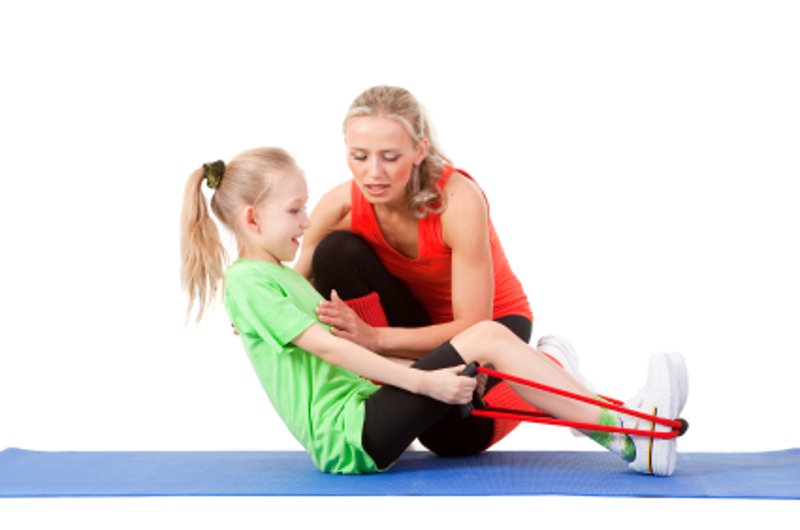 18th Jan 2016
18th Jan 2016
Working With Children in Physical Therapy
Pediatric physical therapy is just one of the specializations in the physical therapy industry. Physical therapy can be recommended for kids and teens or who have suffered an injury or may experience problems with movement as a result of an illness or disability.
As with physical therapy for adults, when working with kids, the main focus of pediatric physical therapy is to decrease pain and help kids return to daily activities. Treatment is created to help children regain their strength, range of motion, but also educate them as to how to prevent any future injury.

Pediatric physical therapy can help address limitations created by the following:
- Orthopedic or sports injuries
- Developmental delays
- Cerebral Palsy
- Genetic disorders
- Heart and lung conditions
- Birth defects (such as spina bifida)
- Acute trauma or head injury
- muscle diseases
How Physical Therapists Work With Children
Again, just like with adults, physical therapists use a variety of tools when treating children. Some of the most popular tools and modalities used when treating children are:
- Therapeutic Exercise: Therapeutic exercise is used to help regain strength, flexibility, balance and coordination activities. When working with children, developmental activities such as crawling and walking in addition to adaptive play may be used to mimic daily life activities and increase a child’s proficiency and ease.
- Patient Education: Patient education is important with children in order to improve safety measures and prevent future injuries.
- Neuromuscular Electrical Stimulation: Neuromuscular electrical stimulation can be used to decrease pain by helping relax tight or spasming muscles, but studies have also shown that it can help improve gait and upper limb function in children with Cerebral Palsy.
- Heat Therapy, Cold Therapy & Cold Compression Therapy: From juvenile arthritis to acute pain brought on by an injury, heat, cold therapy and cold compression therapy can help decrease pain and reduce swelling.
- Therapeutic Ultrasound: While contraindicated over the growth plates in children, therapeutic ultrasound can be used to help decrease pain, improve circulation and facilitate tissue healing in other areas.
When working with children, it’s important to remember that they’re people, entitled to the same information and respect that we give our adult patients. While it’s important to communicate with parents and caregivers, it’s also important to include children in the conversation with regards to how their treatment is being devised and what goals they are working towards. When working with children with life-long illnesses or diagnoses, their first experience in physical therapy will impact how they approach the extended treatment of their condition.
Pediatric physical therapy is a rewarding specialization, using a lot of the same tools used to treat adults. Also, the main focus is the same as working with adults: a return to daily activities, however, there is a learning curve to learn how to talk to, work with and treat children. While it may be challenging, working in pediatric physical therapy is always worthwhile.
For more information about Physical Therapy and Popular Treatment Modalities go to ProHealthcareProdcuts.com.





